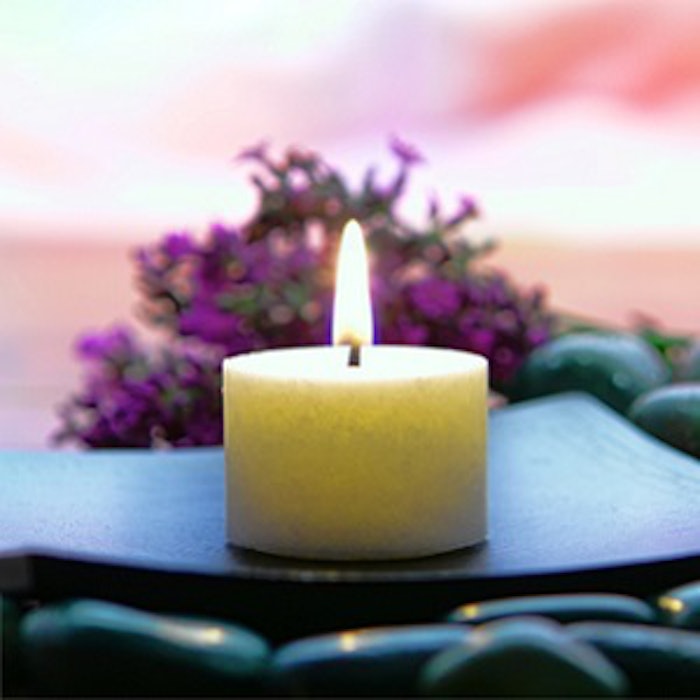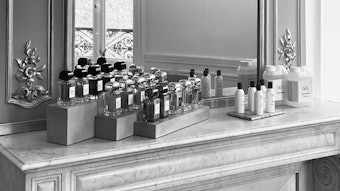
No surprise, candle fragrances are the bread and butter of many midsized fragrance houses, and many considerations need to be taken into account to create a winning submission. In my career, I have encountered many fragrance briefs for candles, which, to say the least, present the perfumer with many challenges. Some typical customer comments:
- Example 1: “We love that new duplication you made of DKNY Red Delicious. Can you make it for a candle at $6.00 per pound?”\
- Example 2: “I tried the sandalwood musk fragrance you sent, but I can’t smell it when I put it in the candle.”
- Example 3: “The Herbal Essences-type fragrance I use in my shampoo bleeds out when I try it in a candle.”
Indeed, most of the important issues that come up when creating candles can be summed up with three “C’s”: cost, compatibility and cold throw.
Cost
In Example 1, a fine fragrance that may have a raw material cost of $20 per pound presents price limitations in candle formulations. Appreciable amounts of expensive essential oils are virtually off limits to candle scents, not to mention the other absolutes and modern aroma chemicals found in the new designer fragrances. Simply diluting a fine fragrance composition won’t cut it either, as candle manufacturers demand high-impact scents to attract consumers who base their purchase decisions on the smell of the candle right off the shelf, i.e. cold throw.
Ingredient alternatives: So what can one do? A good knowledge of essential oil compositions helps, allowing the perfumer to choose lower cost substitutes. For example, instead of using 10% lavender oil, I have used lavandin oil on occasion, or a mixture of both materials. The amount of patchouli oil used can be hedged by incorporating guaiacwood, cedarwood and Gurjam balsam oils. Then, of course, there are a myriad of cost-efficient synthetic aroma chemicals, which can be used to replace or enhance expensive oils, resulting in more bang for the buck. The perfumer has a great option, for example, in creating a sandalwood note by using a combination of synthetics to achieve the desired effect.
In addition, popular staples of fine fragrance such as bergamot can be replaced with low cost “keys” or bases. Most fragrance houses have standard bases for ylang ylang, rose, jasmine, and orange flower, which are pre-made in large quantities so as not to become a production burden when it comes time to manufacture. Some more unique accords such as mandarin can often be replicated by substituting a less expensive essential oil, enhanced with touches of high impact aroma chemicals. In the case of mandarin, one can employ orange oil with a small amount of mandarin aldehyde.
Other topics discussed: Cold Throw, Compatibility, Discoloration, Warm Throw, Paraffin Waxes vs. Soy Waxes, Manufacturing Tips, A Week of Sunshine: a Case Study in Candle Fragrance Creation, Glossary of Common Candle Fragrance Solvents










